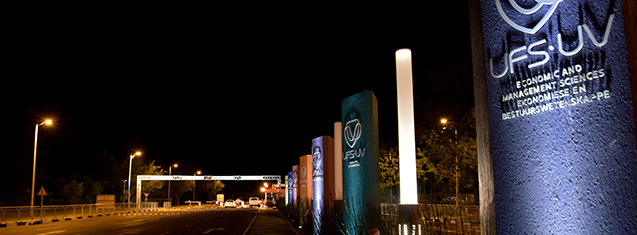
Staff members and students, who are the owners/drivers of motor vehicles, are kindly requested to purchase the dual-frequency cards that replace their current student or personnel cards.
The dual-frequency cards can be read by the distance readers at the entrance gates. Card holders will no longer have to swipe their cards or stop; the boom will open automatically and card holders will be able to drive through.
Please note that this arrangement only applies to valid card holders entering the campus – on leaving the campus, they will again have to swipe their cards past the card readers.
This improves the traffic flow and prevent possible delays at the gates.
Pay for your card
Electronic fund transfers: Absa Bank: 1 570 8500 71, Ref: 1 413 07670 0198, OR pay the R65 at the UFS Cashiers, Thakaneng Bridge.
Take your existing personnel or student card, together with proof of payment, to the UFS Card Division, Bloemfontein Campus, Thakaneng Bridge, to have your photo taken and your new dual-frequency card issued.
The UFS Cashiers will provide assistance between 09:00 and 14:30, and the UFS Card Division between 09:00 and 15:00.
Your new card
Permission to access specific UFS buildings or facilities linked to your existing card, will automatically be linked to the new card.
The new card is marked ‘dual’ on the back in the right, bottom corner.
The UFS would like to thank you for your cooperation in the successful implementation of access control on the UFS Bloemfontein Campus.